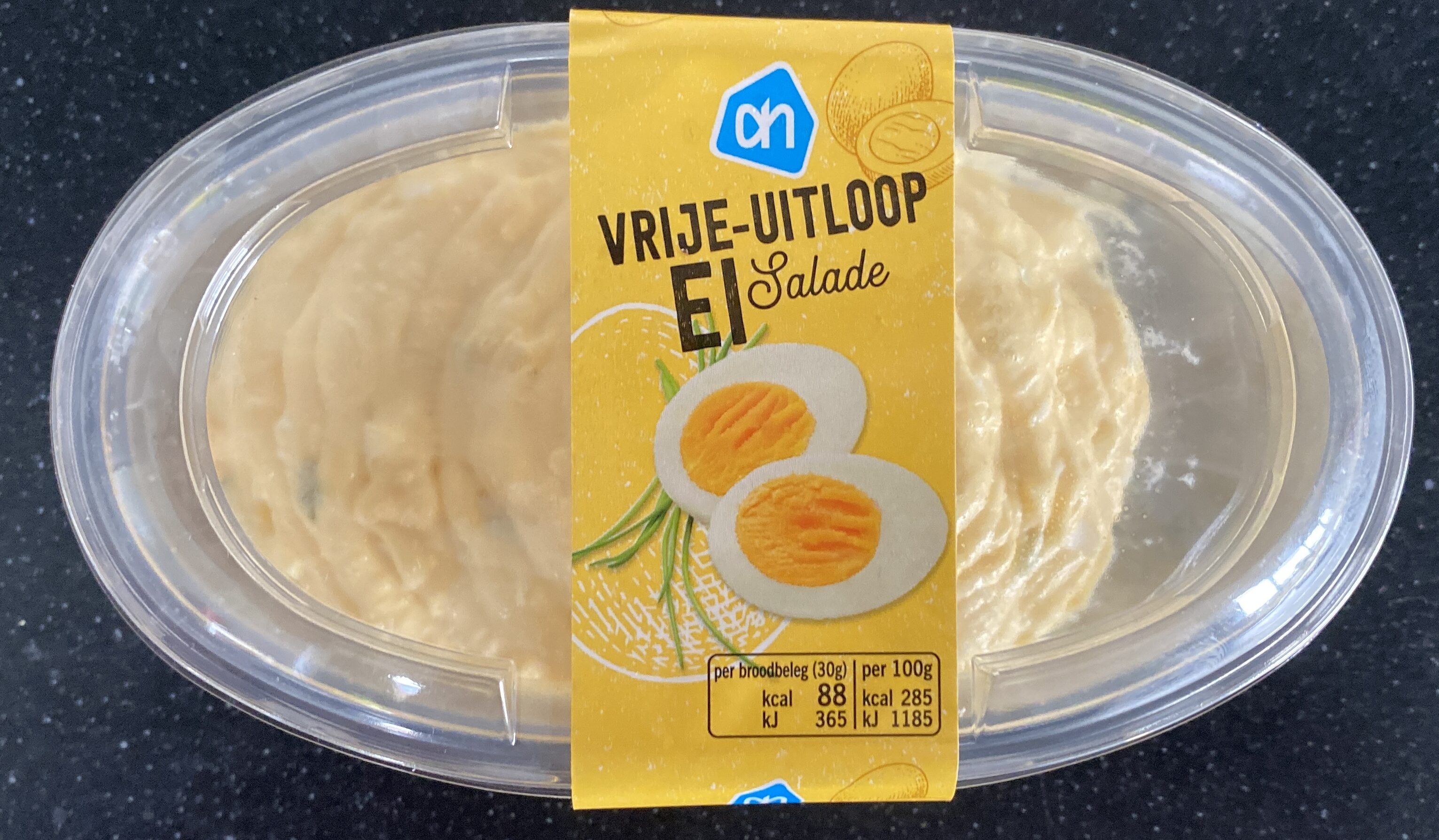Vrije-uitloop eisalade - Albert Heijn - 175 gr
This product page is not complete. You can help to complete it by editing it and adding more data from the photos we have, or by taking more photos using the app for Android or iPhone/iPad. Thank you!
×
Barcode: 8718906260542 (EAN / EAN-13)
Quantity: 175 gr
Packaging: nl:Plastic bakje
Brands: Albert Heijn
Categories: Spreads, Meals, Salted spreads, Prepared salads, Egg salads
Labels, certifications, awards: No gluten, No lactose, nl:Beter leven keurmerk 2 sterren
Stores: Albert Heijn
Countries where sold: Netherlands
Matching with your preferences
Environment
Packaging
Transportation
Report a problem
Data sources
Product added on by golurk78
Last edit of product page on by packbot.
Product page also edited by aleene, ecoscore-impact-estimator.
If the data is incomplete or incorrect, you can complete or correct it by editing this page.











